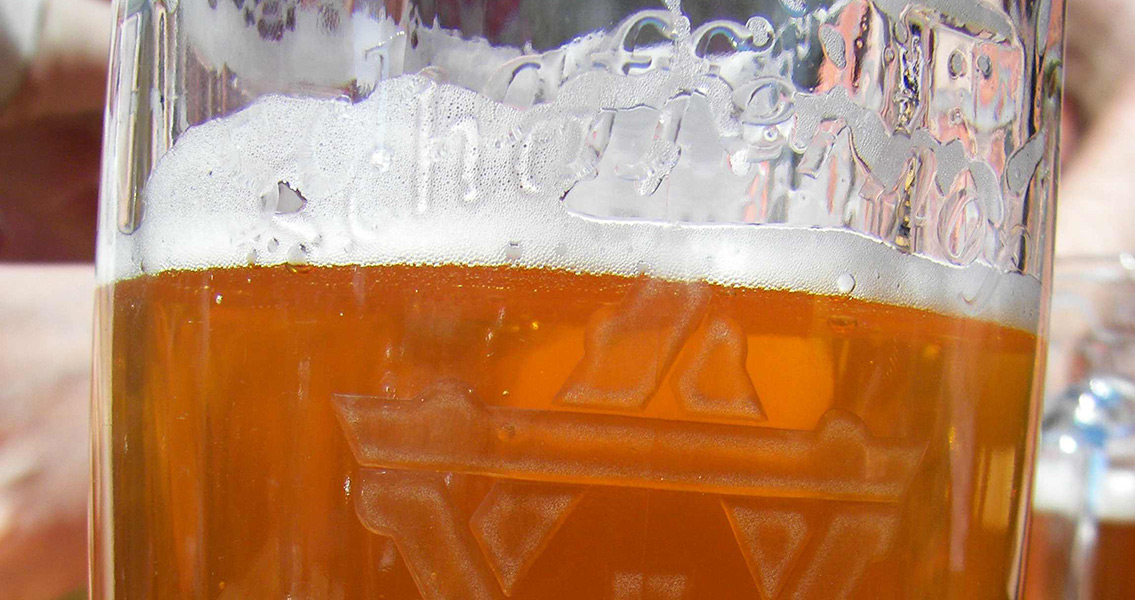<![CDATA[Scientific research conducted into the development of certain types of beer, through the use of advanced imaging techniques, has successfully traced the origins of lager to fifteenth century Bavaria, a region located in Germany. The researchers reached their conclusion by examining the yeast involved in fermenting the light, smooth beer. When it comes to the beer-drinkers of the world, there are those who like ales, which are made with one particular type of yeast, and those that prefer lagers, which are made with an entirely different strain of yeast. First noticed when it was discovered that beer left in storage over the entire winter continued its fermentation process, lager would go on to take the world by storm, especially in the American marketplace. Prior to the introduction of lager to the US and Canada in the nineteenth century, North Americans primarily favoured ale and whiskey as drinks of choice. The popularity of lager caught on so well in the region that the tradition continues unabated today through US-based macrobrews like Coors, Miller and Anheuser-Busch, and Canadian lagers like Molson and Labatt. This popularity spread around the globe as well; in fact, an overwhelming 94 percent of the beer market today is cornered by lagers. Since the introduction of lager, there have been many different variations on the newer brew. Some of the most popular types of lager are known as pilsner beers, so called after their city of origin in what was once Czechoslovakia. Like all lager beers, pilsners require refrigeration to brew, but they tend to come from the bottom of the barrel after a slow fermentation process. By comparison, lager beers before the advent of the pilsner were all top-barrel brewed instead. When it comes to the active yeast in ales, bread and wine, the most common one is known as Saccharromyces cerevisiae, a highly versatile organism. In comparison, the yeast that makes the best lagers today is a hybrid strain composed of not just S.cerevisiae but also a wild yeast originating from Patagonia known as Saccharomyces eubayanus, that was initially discovered in 2011. Scientists from the University of Wisconsin-Madison have been hard at work completing and assembling a high quality genome of the Patagonian yeast through the use of sophisticated next-generation sequencing techniques. Comparing the genome to domesticated hybrids used to produce lager in a professional, modern setting, university researchers were able for the first time ever to identify a pair of origin events for the hybridization of both S.eubanyus and S.cerevisiae. According to the findings, beer making-related domestication has subjected these yeast strains to a host of different evolutionary trajectories many times over the course of history. ]]>
Scientists Trace Origin of Lager Beer to Bavaria
